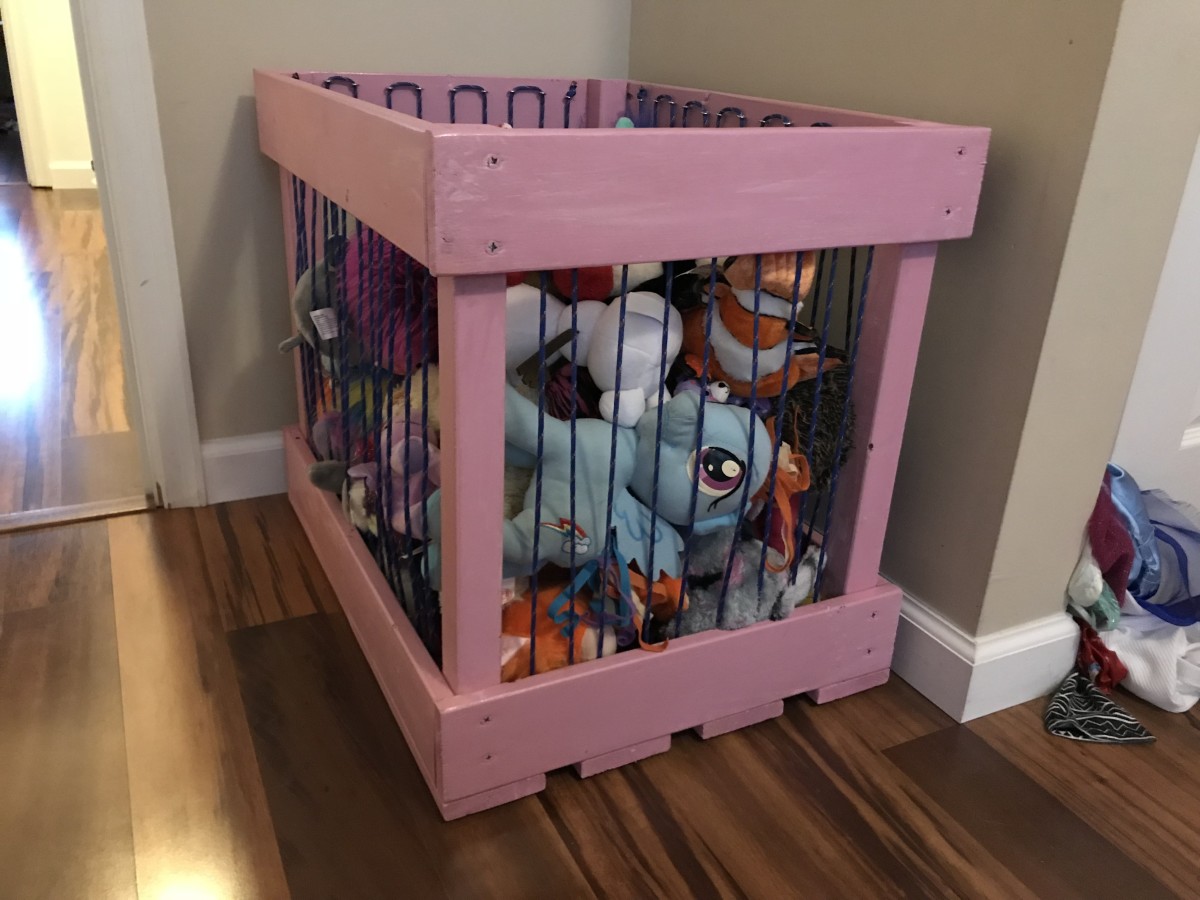

Articles
How To Store Stuffed Animals
Modified: March 2, 2024
Looking for articles on how to store stuffed animals? Discover expert tips and tricks for keeping your furry friends organized and in great condition.
(Many of the links in this article redirect to a specific reviewed product. Your purchase of these products through affiliate links helps to generate commission for Storables.com, at no extra cost. Learn more)
Introduction
Stuffed animals are cherished companions, providing comfort, joy, and companionship for children and adults alike. Over time, we accumulate a collection of these cuddly creatures, each with its own sentimental value. However, without proper storage, these beloved companions can become damaged, dirty, or even lost.
Whether you’re looking to store your child’s outgrown stuffed animals, maintain a collection of vintage plush toys, or simply organize your own furry friends, this article will guide you on how to store stuffed animals correctly. From choosing the right storage location to cleaning, organizing, and maintaining the toys, we’ll cover all the essential steps to ensure your stuffed animals stay in top condition.
Proper storage not only helps preserve the appearance and softness of these plush companions, but it also extends their lifespan, allowing future generations to enjoy them. So, let’s dive into the world of stuffed animal storage and discover the best practices to keep your furry friends safe and sound.
Key Takeaways:
- Proper storage of stuffed animals is crucial for preserving their sentimental value and longevity, protecting them from damage, and maintaining hygiene to ensure their continued enjoyment for years to come.
- Choosing the right storage location, cleaning and preparing the toys, and utilizing suitable storage methods are essential steps in ensuring the proper storage and preservation of stuffed animals.
Read more: How To Store Stuffed Animals For Adults
Why Proper Storage is Important for Stuffed Animals
Proper storage is essential for preserving the quality and longevity of your stuffed animals. Here’s why it’s important:
- Preventing Damage: Stuffed animals are susceptible to wear and tear, especially when left unprotected. Proper storage helps safeguard them from dust, dirt, fading, and damage caused by moisture, pests, or rough handling.
- Preserving Sentimental Value: Stuffed animals often hold sentimental value, carrying precious memories and sentimental attachments. By storing them correctly, you ensure that these cherished companions remain in excellent condition and can be passed down to future generations.
- Maintaining Hygiene: Over time, stuffed animals can accumulate dust, allergens, and even mold, which can pose health risks, especially for individuals with allergies or respiratory conditions. Proper storage includes regular cleaning and prevents the build-up of these contaminants.
- Preventing Loss: Stuffed animals are easily misplaced or lost when not stored properly. By designating a specific storage area, you keep track of your collection and reduce the risk of misplacing or accidentally getting rid of a beloved stuffed friend.
Whether you are storing a single beloved stuffed animal or managing a vast collection, taking the time to store them correctly ensures their longevity and maintains their sentimental value. By following the guidelines in this article, you can protect your furry friends and continue to enjoy their companionship for years to come.
Choosing the Right Location for Storage
When it comes to storing stuffed animals, selecting the appropriate location is crucial for their safety and preservation. Here are some factors to consider:
- Avoiding Direct Sunlight: Sunlight can cause fading and discoloration in stuffed animals. Choose a storage area away from direct sunlight or use curtains or blinds to block the light.
- Controlling Temperature and Humidity: Extreme temperatures and high humidity can damage stuffed animals, leading to mold growth or material deterioration. Find a storage location with stable temperatures and moderate humidity levels.
- Keeping Away from Moisture: Moisture can lead to mold and mildew, which can irreversibly damage stuffed animals. Avoid storing them in basements, attics, or areas prone to leaks. Use dehumidifiers or moisture-absorbing products to maintain dry conditions.
- Protection from Pests: Stuffed animals are attractive to pests like mice, insects, and moths. Prevent infestations by sealing any cracks or openings in the storage area, using pest repellents, or storing them in containers with tight-fitting lids.
- Avoiding High Traffic Areas: Choose a storage location that is less frequently accessed to minimize the risk of accidental damage caused by bumping or knocking over the stuffed animals.
Based on these considerations, a closet or cupboard in a climate-controlled room is often an ideal storage spot. Ensure there is enough space to arrange the stuffed animals without compressing or overcrowding them. Proper ventilation is also important to prevent musty odors from developing.
By selecting the right storage location, you can provide a safe and suitable environment for your stuffed animals, ensuring their longevity and preservation.
Cleaning and Preparing Stuffed Animals for Storage
Before storing your beloved stuffed animals, it’s essential to clean and prepare them properly. Follow these steps to ensure they are fresh and ready for storage:
- Inspect for Damage: Examine each stuffed animal for any loose threads, torn seams, or missing parts. Repair any damages to ensure the toys are in good condition before storage.
- Check for Labels: Read the care labels on the stuffed animals, as they provide guidance on the appropriate cleaning methods. Follow the instructions accordingly to prevent any damage during the cleaning process.
- Remove Accumulated Dust: Dust off the stuffed animals using a soft brush or vacuum cleaner with a brush attachment. Gently brush the fur, paying attention to the nooks and crannies where dust might accumulate.
- Spot Clean: If there are any visible stains or spills, spot clean the affected areas using a mild detergent or upholstery cleaner. Test the cleaner on a small, inconspicuous area first to ensure it doesn’t cause discoloration or damage.
- Hand Wash or Machine Wash: Depending on the care label instructions, you can hand wash or machine wash the stuffed animals. For machine washing, place them in a pillowcase or laundry bag to protect them from snagging or getting damaged.
- Gentle Drying: After washing, gently squeeze out excess water and reshape the stuffed animals. Avoid wringing or twisting them, as it can damage the fillings. Allow them to air dry completely in a well-ventilated area, away from direct sunlight or heat sources.
- Fluff and Brush: Once dry, fluff the fur and brush it gently to restore its softness and appearance. Use a soft-bristled brush or a hairbrush to detangle any knots or matted fur.
- Avoid Scented Products: Avoid using scented sprays or products, as they may cause discoloration or leave residue on the stuffed animals.
By thoroughly cleaning and preparing your stuffed animals before storage, you remove any dirt or contaminants and ensure they are fresh and ready for long-term preservation.
Organizing and Sorting Stuffed Animals
Keeping your stuffed animals organized and sorted not only makes it easier to find specific toys but also helps maintain their condition. Here are some tips for organizing and sorting your cuddly companions:
- Categorize by Size, Type, or Theme: Consider categorizing the stuffed animals based on their size, type (such as bears, dogs, or dinosaurs), or theme (such as farm animals or Disney characters). This allows you to group similar toys together and locate them more easily.
- Utilize Storage Containers: Invest in storage containers like bins, baskets, or clear plastic bags to keep the stuffed animals organized. Label the containers based on the categories you choose to make it even easier to find specific toys.
- Consider Display Options: If you have a large collection of stuffed animals, you may want to display some of them. Utilize shelves, hanging nets, or specially designed stuffed animal storage solutions to showcase a few favorites while keeping others safely stored away.
- Rotate the Collection: If you have limited space, consider rotating your stuffed animals by regularly swapping out a selection from storage. This ensures that all toys get their time in the spotlight, while the rest remain safely stored.
- Keep Favorites Accessible: If there are particular stuffed animals that are your child’s favorites, keep them within reach for easy access and play. This prevents unnecessary handling of other stored toys while still allowing your child to enjoy their go-to companions.
- Donate or Pass on Unwanted Toys: If you have stuffed animals that are no longer loved or needed, consider donating them to charities, shelters, or schools. This allows others to enjoy the toys while decluttering your collection.
By organizing and sorting your stuffed animals, you create a tidy and functional storage system that makes it easy to find specific toys while protecting and maintaining the condition of the entire collection.
To store stuffed animals, use breathable containers like mesh bags or open bins to prevent mold and mildew. Avoid airtight containers to allow for air circulation.
Read more: How To Organize Stuffed Animals
Different Storage Methods for Stuffed Animals
When it comes to storing stuffed animals, there are several different methods you can utilize based on your space, preferences, and collection size. Here are some popular storage options:
- Shelving Units: Install shelves on the walls to display and store your stuffed animals. Use clear bins or baskets on the shelves to keep the toys organized and visible while also protecting them from dust.
- Hanging Nets or Hammocks: Hang nets or hammocks in corners or on walls to create a space-saving storage solution for stuffed animals. These provide a unique and fun way to display and store your furry friends.
- Under-bed Storage: Make use of the space under your bed by using low-profile storage containers or vacuum-sealed bags designed for under-bed storage. This keeps the stuffed animals out of sight while maximizing your available space.
- Closet or Cupboard: Clear out a designated area in your closet or cupboard to store your stuffed animals. Use shelves, hanging organizers, or clear bins to keep the toys organized and easily accessible.
- Toy Chest or Ottoman: Invest in a toy chest or ottoman with storage capacity to keep all your stuffed animals in one place. These multi-functional pieces of furniture not only provide storage but also double as seating or decorative elements in the room.
- Decorative Baskets or Trunks: Use decorative baskets or trunks to store your stuffed animals. These can be placed in the corner of a room or as decorative elements to add charm while keeping your collection organized.
- Vacuum-Sealed Bags: For long-term storage or to minimize the space your stuffed animals take up, consider using vacuum-sealed bags. These bags compress the toys, reducing their size and protecting them from dust and moisture.
Choose the storage method that suits your space, style, and collection size. Keep in mind that proper ventilation, protection from sunlight, and easy accessibility should be considered regardless of the storage method you choose.
By utilizing different storage methods, you can find a solution that fits your needs while ensuring your stuffed animals are safely stored and preserved.
Tips for Long-Term Storage of Stuffed Animals
If you plan to store your stuffed animals for an extended period, whether due to limited space or to preserve them as heirlooms, it’s important to follow these tips for long-term storage:
- Clean Thoroughly: Before placing your stuffed animals in long-term storage, ensure they are thoroughly cleaned and completely dry. This helps prevent the growth of mold or mildew during storage.
- Choose an Airtight Container: Select a container that is sturdy, airtight, and made of materials that do not emit harmful chemicals. This helps to maintain a controlled environment inside the container, protecting the stuffed animals from dust, pests, and humidity.
- Use Acid-Free Tissue Paper: Wrap individual stuffed animals in acid-free tissue paper to avoid any chemical reactions or moisture absorption. This also prevents color bleeding and helps preserve the toys’ original appearance.
- Layer with Fabric Softener Sheets: Place fabric softener sheets between the layers of stuffed animals in the storage container. This can help deter pests and keep the toys fresh smelling.
- Store in a Cool, Dry Place: Find a storage location that is cool, dry, and away from direct sunlight. Avoid storing the stuffed animals in basements, attics, or any areas that are prone to temperature fluctuations and high humidity.
- Avoid Prolonged Compression: Do not compress stuffed animals for long periods as it may flatten the fillings and distort their original shape. If necessary, choose a storage container that offers enough space for the toys to retain their fluffy appearance.
- Check on Them Regularly: Even in long-term storage, it’s important to periodically check on your stuffed animals. This allows you to ensure they are in good condition and address any potential issues, such as pests or excessive moisture.
- Rotate the Collection: If you have a large collection, consider rotating the stuffed animals in storage to prevent pressure points and ensure even preservation. This can help distribute any potential wear and tear.
By following these tips, you can ensure the long-term storage of your stuffed animals, preserving their appearance and keeping them in excellent condition for years to come.
Maintaining and Caring for Stuffed Animals in Storage
While your stuffed animals are in storage, it’s important to take certain measures to maintain their condition and ensure their longevity. Here are some tips for caring for your stuffed animals while they are in storage:
- Check for Damages: Regularly inspect your stored stuffed animals for any signs of damage, such as loose threads, tears, or discoloration. Address any issues promptly to prevent further deterioration.
- Avoid Excessive Handling: Minimize the handling of your stored stuffed animals to prevent unnecessary wear and tear. When you do need to handle them, make sure your hands are clean and dry to avoid transferring dirt or oils onto them.
- Keep Away from Pets: Store your stuffed animals in a location that is inaccessible to pets to avoid any potential damage from chewing, scratching, or playing. Even well-behaved pets can accidentally damage the toys.
- Address Pest Infestations: If you notice any signs of pests in your storage area, such as droppings or chew marks, take immediate action to eliminate the infestation. Remove the affected stuffed animals, clean the storage area thoroughly, and consider using pest control measures.
- Monitor Temperature and Humidity: Regularly check the temperature and humidity levels in the storage area to ensure they remain within the recommended range. Extreme fluctuations can cause damage to the stuffed animals, so it’s important to maintain stable conditions.
- Periodically Air Them Out: Every few months, remove your stuffed animals from storage, unwrap them, and allow them to breathe for a few hours in a well-ventilated area. This helps prevent musty odors and keeps the toys fresh.
- Reorganize and Rearrange: Occasionally, reorganize and rearrange your stored stuffed animals to redistribute any pressure points. This can help prevent the toys from being compressed or deformed over time.
- Store in a Spare Bed or Mattress Box: If you have a spare bed or mattress box, you can repurpose it to store your stuffed animals. This provides them with a soft and cushioned environment that helps maintain their shape and prevents excessive compression.
By taking these steps to maintain and care for your stuffed animals in storage, you can ensure their continued preservation and enjoyment for years to come.
Frequently Asked Questions (FAQs)
Here are some commonly asked questions about storing stuffed animals:
- Q: Can I store my stuffed animals in plastic bags?
- Q: How often should I clean my stored stuffed animals?
- Q: Is it okay to store stuffed animals in the garage?
- Q: How can I prevent my stuffed animals from getting musty in storage?
- Q: What should I do if my stuffed animals have been damaged by pests?
- Q: Can I store plush toys with batteries in them?
A: It is generally recommended to avoid storing stuffed animals in plastic bags for long periods as it can trap moisture and lead to mold or mildew growth. However, you can use breathable storage bags made specifically for stuffed animals.
A: It is recommended to clean your stored stuffed animals every 6-12 months to keep them fresh and prevent the build-up of dust and allergens. However, if you notice any stains or dirt on specific toys, clean them as needed.
A: The garage is generally not an ideal location for storing stuffed animals. Garages can experience extreme temperatures, humidity, and potential exposure to pests. It’s best to choose a more controlled environment for long-term storage.
A: To prevent musty odors in stored stuffed animals, ensure they are completely dry before storage. Consider using moisture-absorbing products in the storage area, periodically airing out the toys, and storing them in a well-ventilated space.
A: If your stuffed animals have been damaged by pests, remove them from the storage area immediately. Isolate the affected toys, clean the storage area thoroughly, and consider using pest-control measures. Repair any damages to the toys if possible or consult a professional restoration service if needed.
A: It is generally recommended to remove batteries from plush toys before storing them. Batteries can corrode over time, potentially damaging the toys or causing leaks. This precaution also helps prevent accidental activation of the toys while in storage.
These FAQs provide answers to common concerns about storing stuffed animals. If you have any other specific questions or concerns, it’s always best to consult with professionals or seek specialized advice.
Conclusion
Proper storage of stuffed animals is essential for preserving their condition, sentimental value, and longevity. By following the guidelines outlined in this article, you can ensure that your furry friends remain in excellent shape, whether they are cherished childhood companions or valuable collectibles.
From choosing the right storage location to cleaning, organizing, and maintaining your stuffed animals, each step plays a crucial role in their overall preservation. By keeping them away from direct sunlight, controlling temperature and humidity, and protecting them from pests and moisture, you create an ideal environment for their storage.
Regular cleaning, inspecting for damages, and providing proper ventilation help keep the stuffed animals in top condition. Categorizing, organizing, and storing them in suitable containers or display solutions allows for easy access and minimizes the risk of damage. Additionally, rotating the collection and periodically checking on the toys ensure their even preservation.
Remember to take necessary precautions when preparing and storing your stuffed animals for long-term storage, such as using acid-free tissue paper, airtight containers, and checking the condition of the toys periodically. By maintaining and caring for them properly, you can enjoy their fluffy companionship for generations
Whether you’re a parent looking to store outgrown toys or a collector preserving a valuable collection, the proper storage of stuffed animals ensures that these lovable creatures stay safe, clean, and ready to bring joy in the years to come. So, follow these tips, cherish your furry friends, and let their cuddly charm continue to brighten your life!
Frequently Asked Questions about How To Store Stuffed Animals
Was this page helpful?
At Storables.com, we guarantee accurate and reliable information. Our content, validated by Expert Board Contributors, is crafted following stringent Editorial Policies. We're committed to providing you with well-researched, expert-backed insights for all your informational needs.
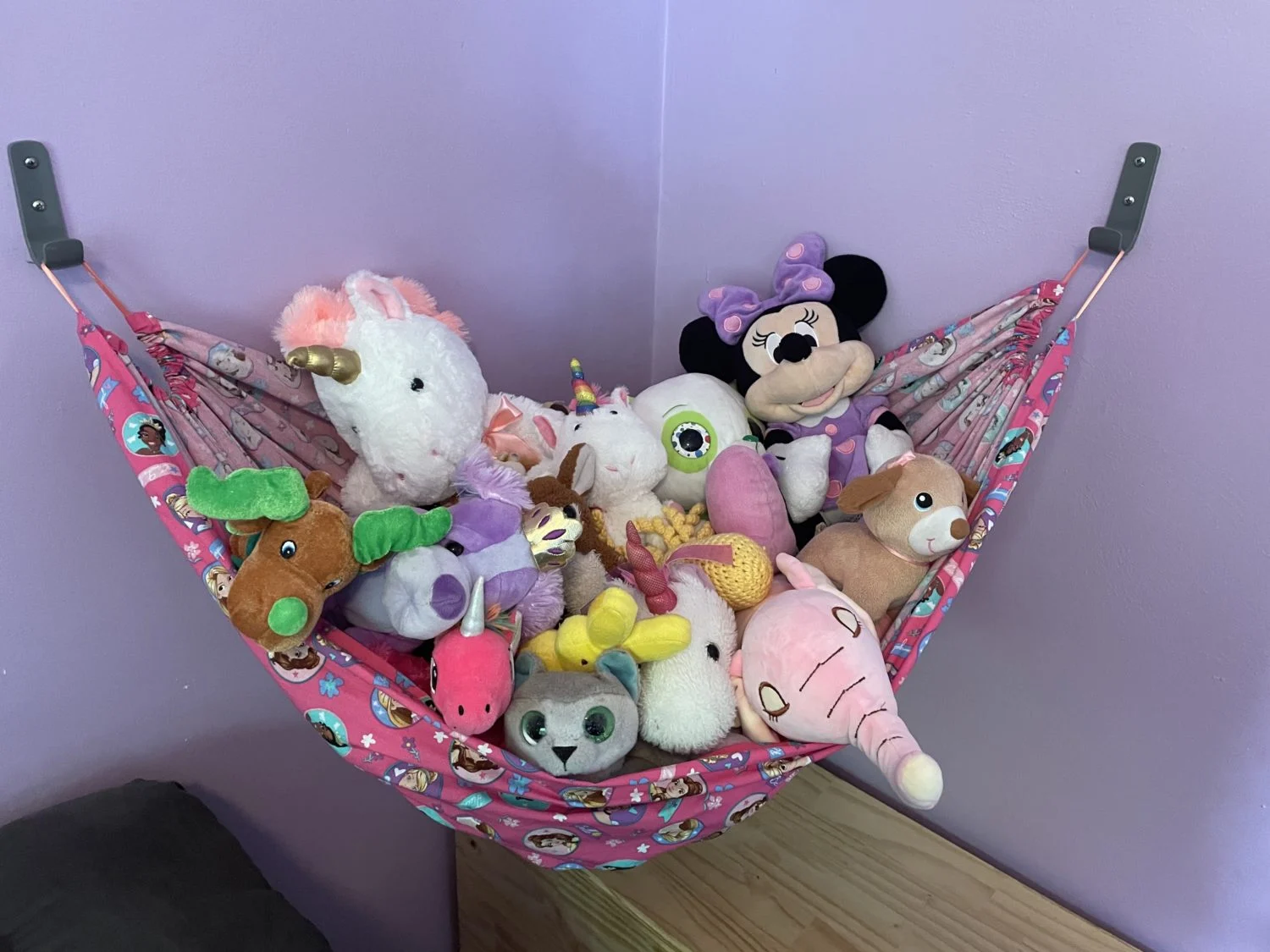
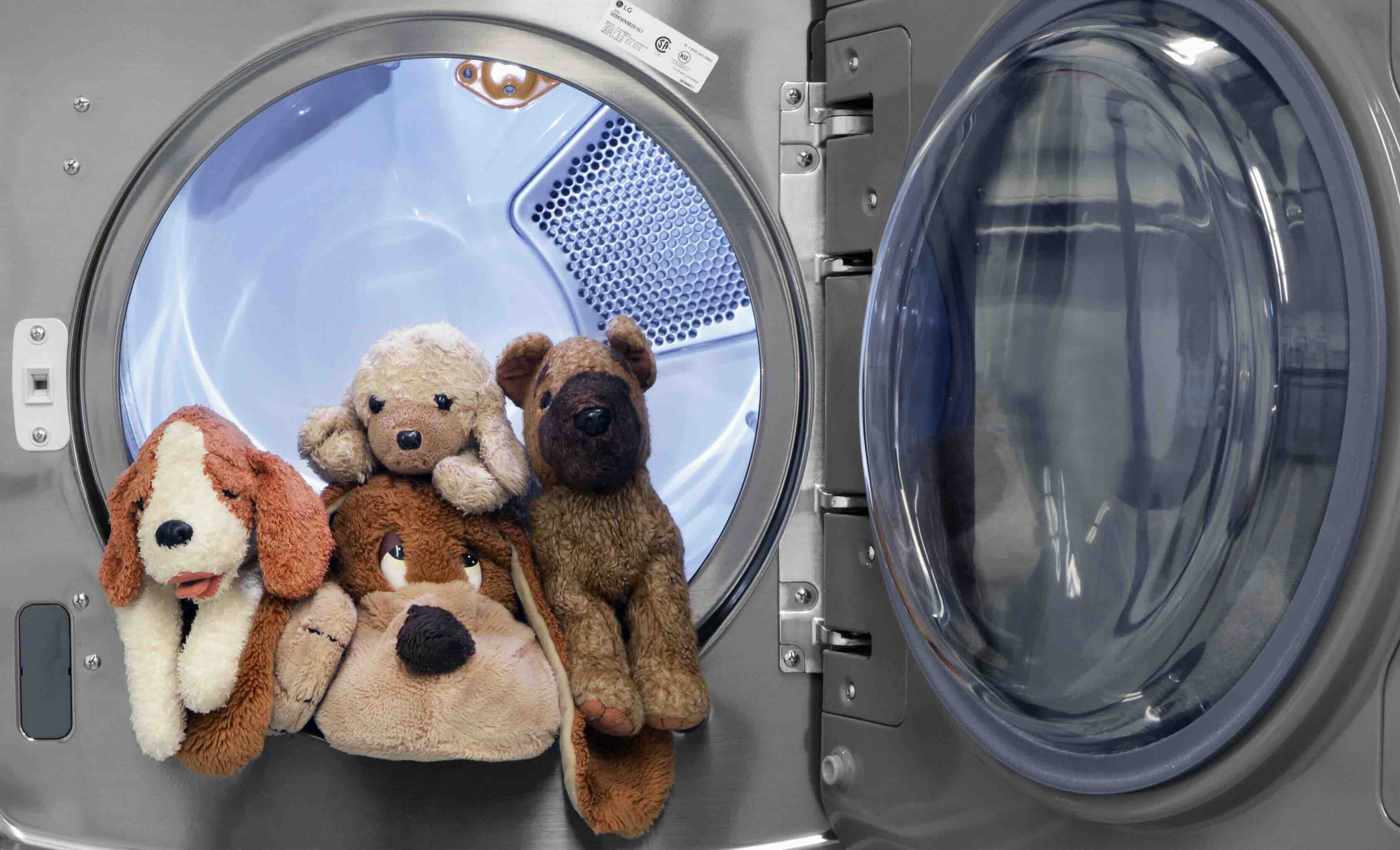
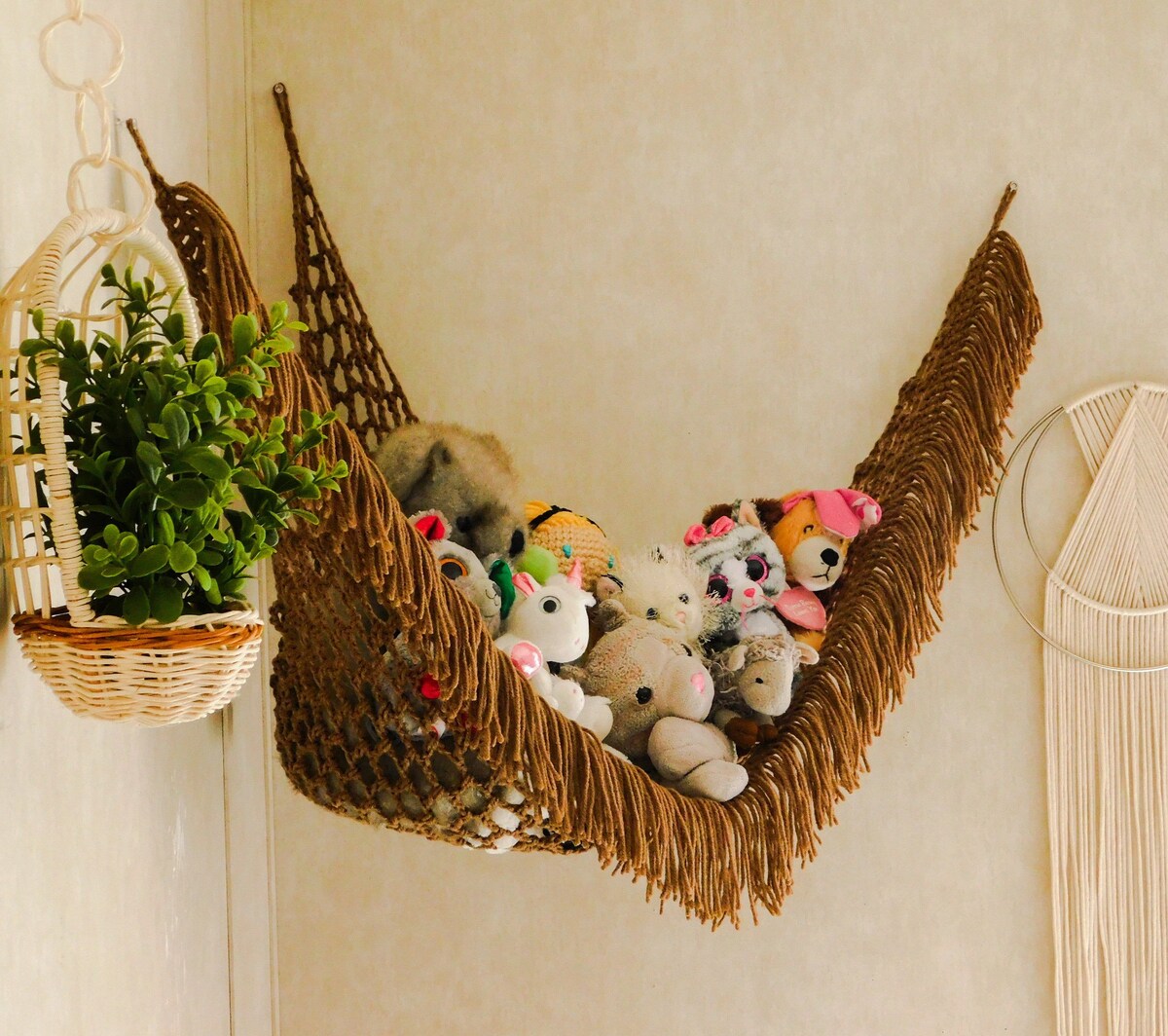
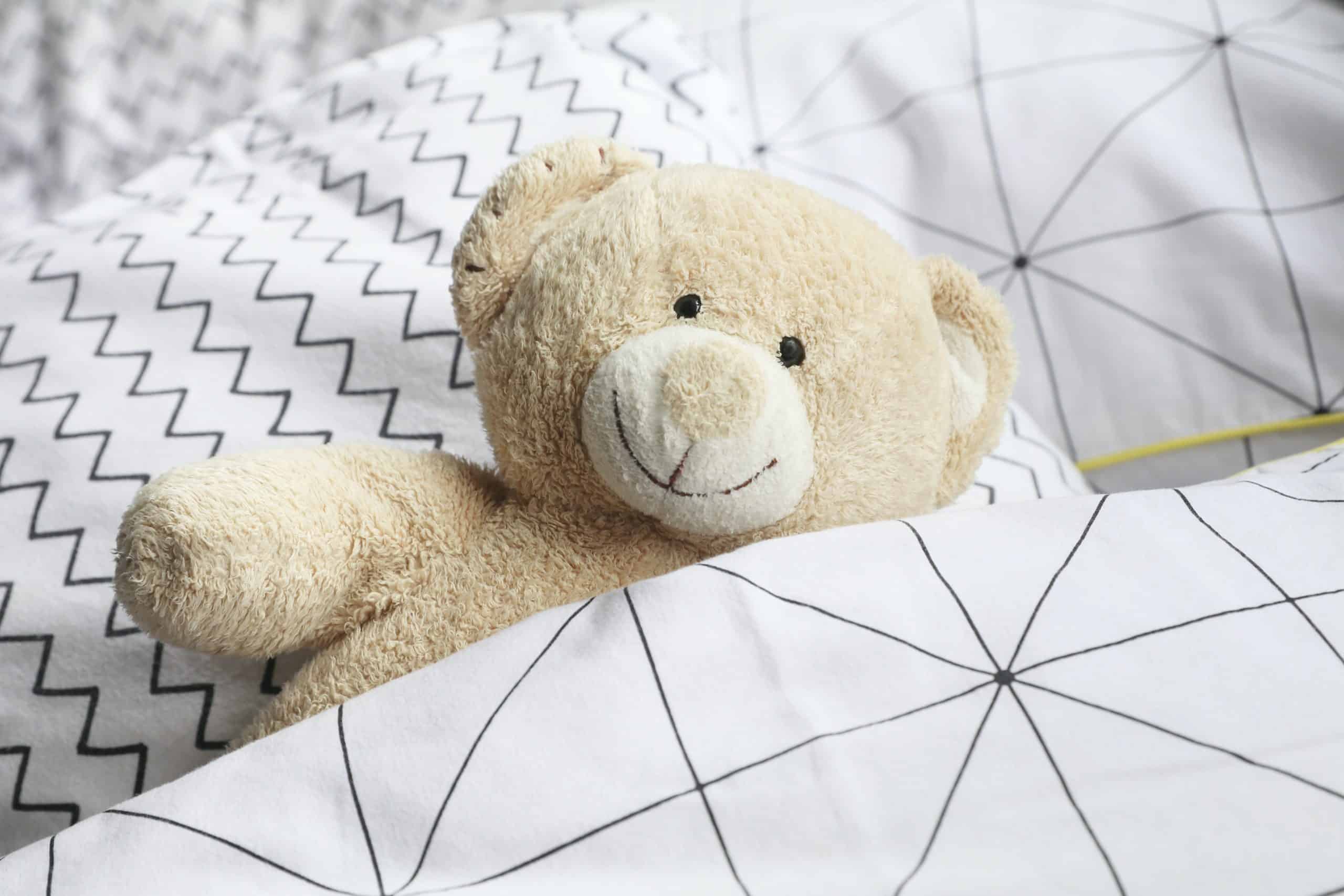
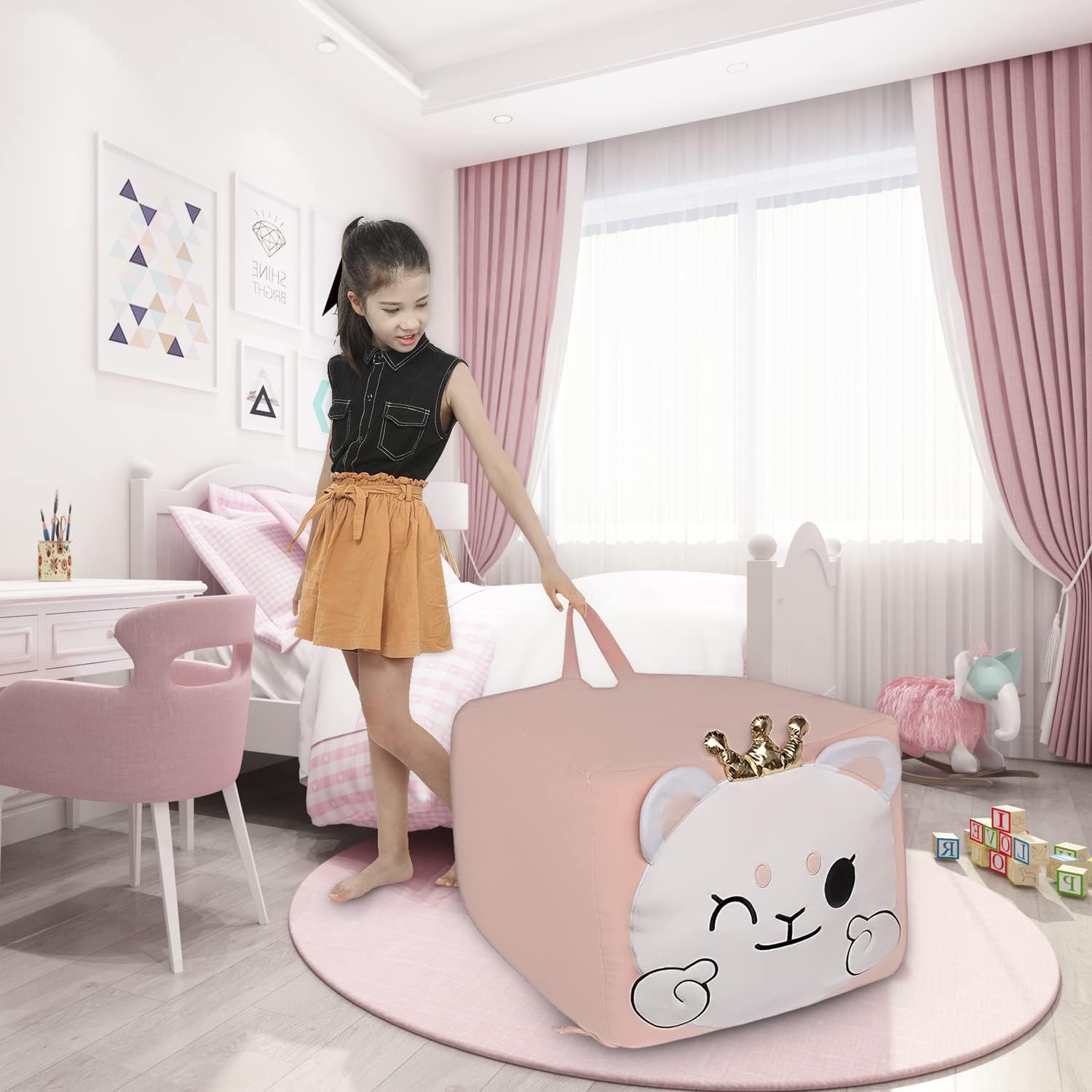
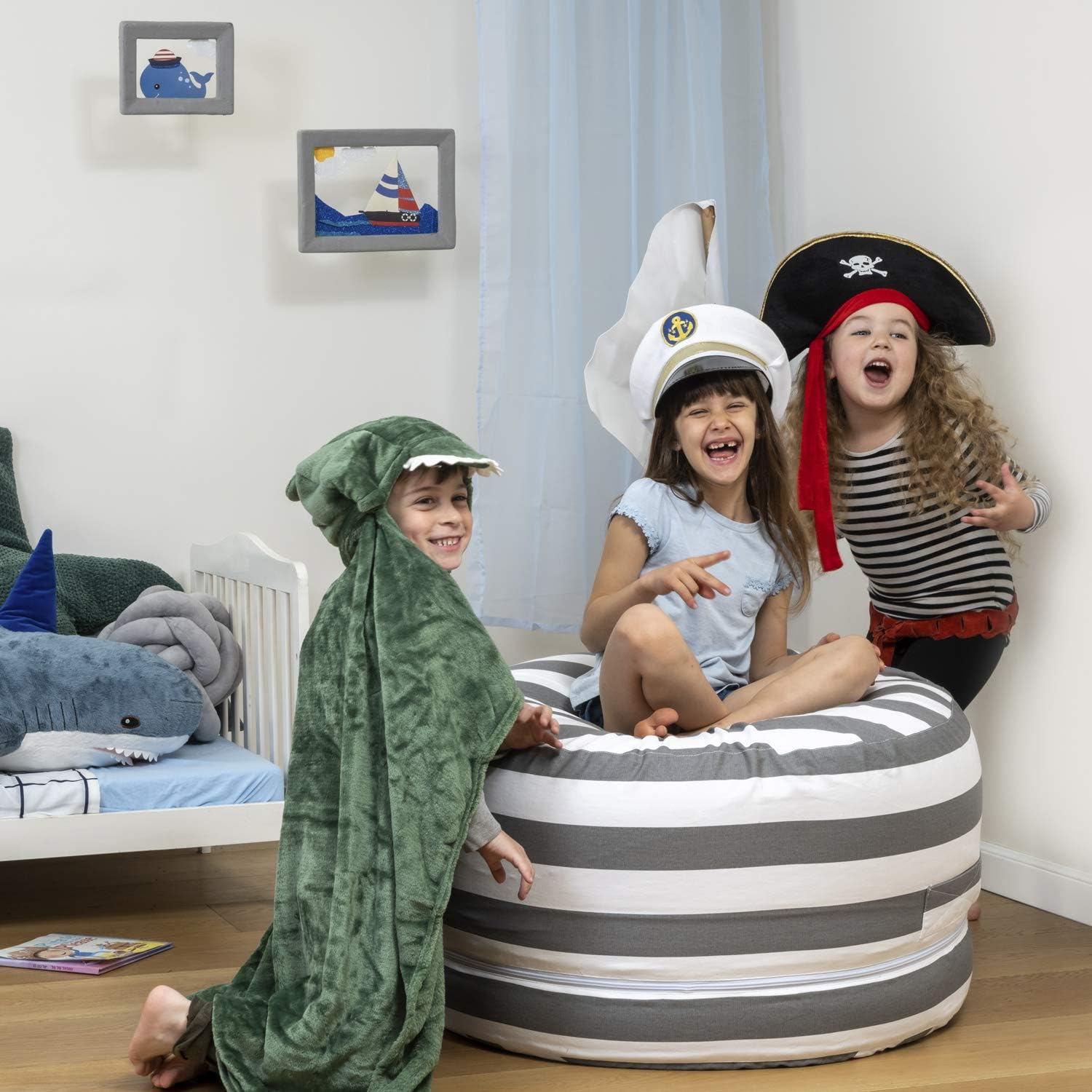
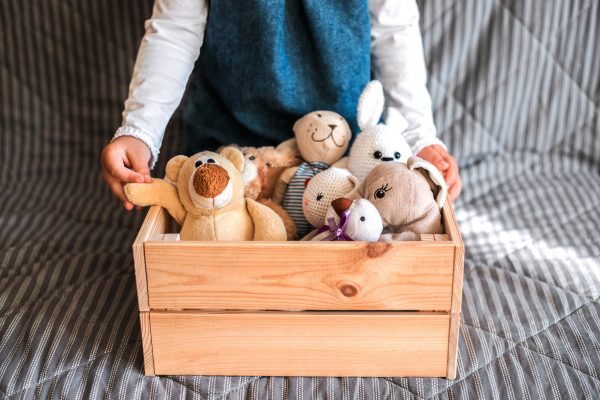
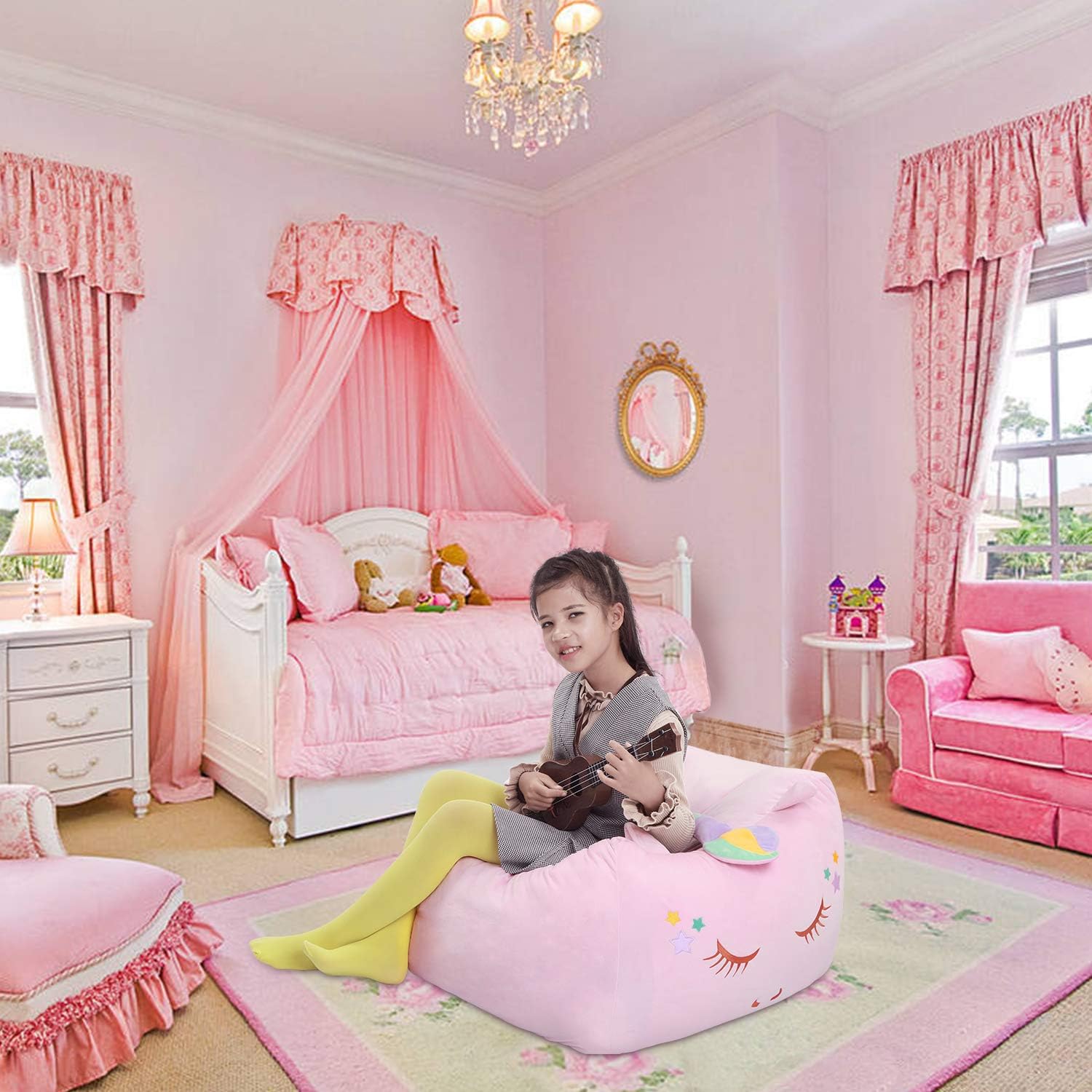
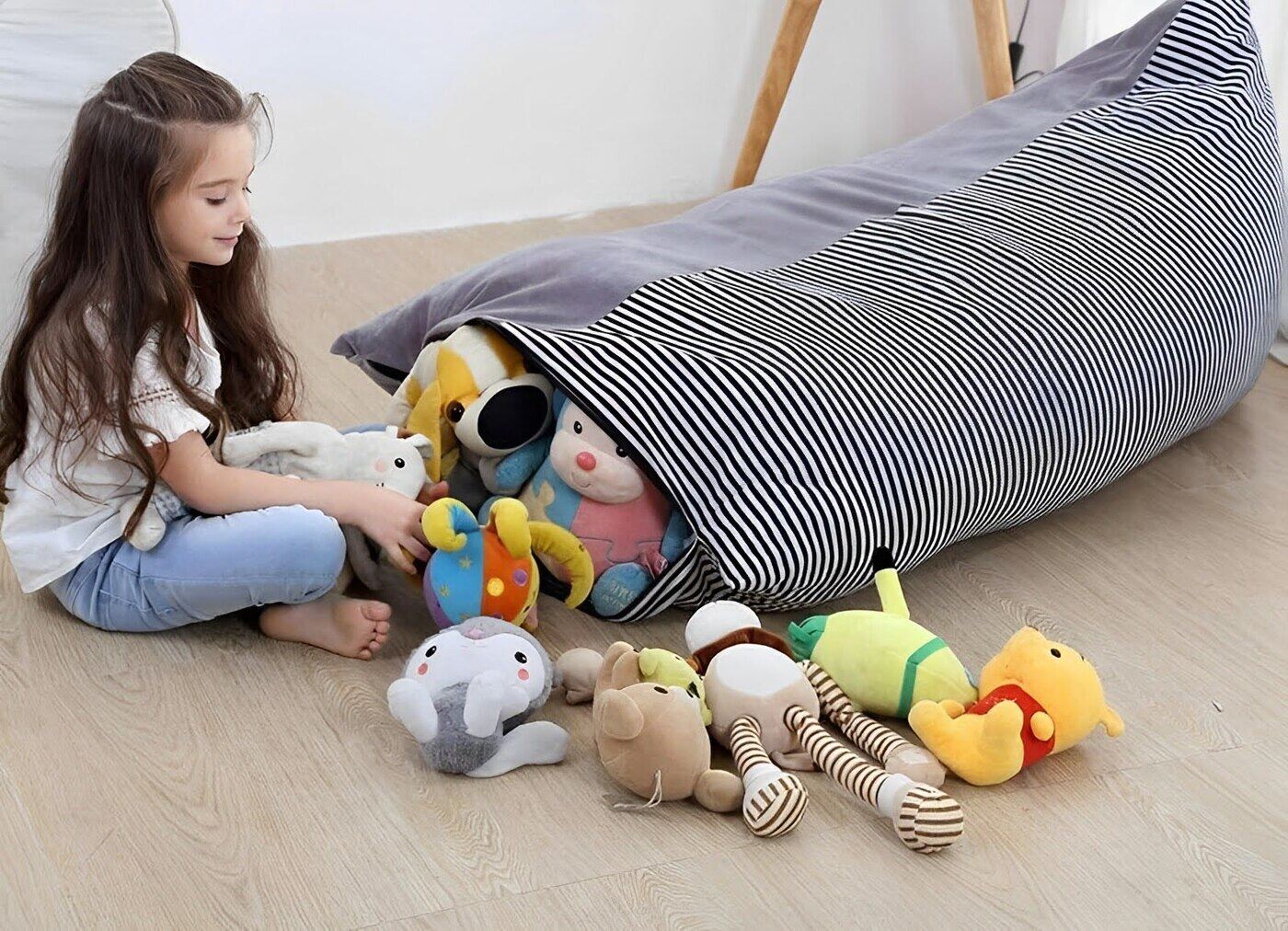
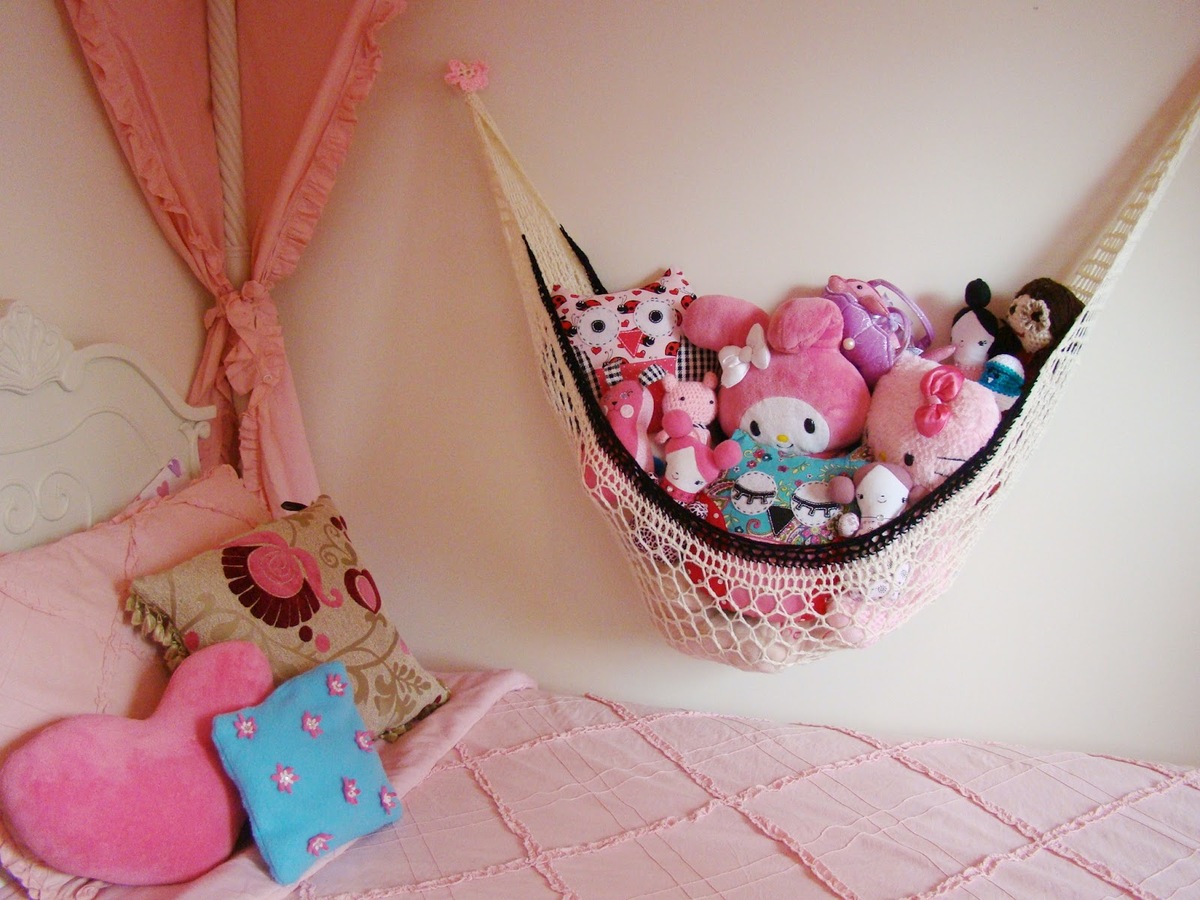

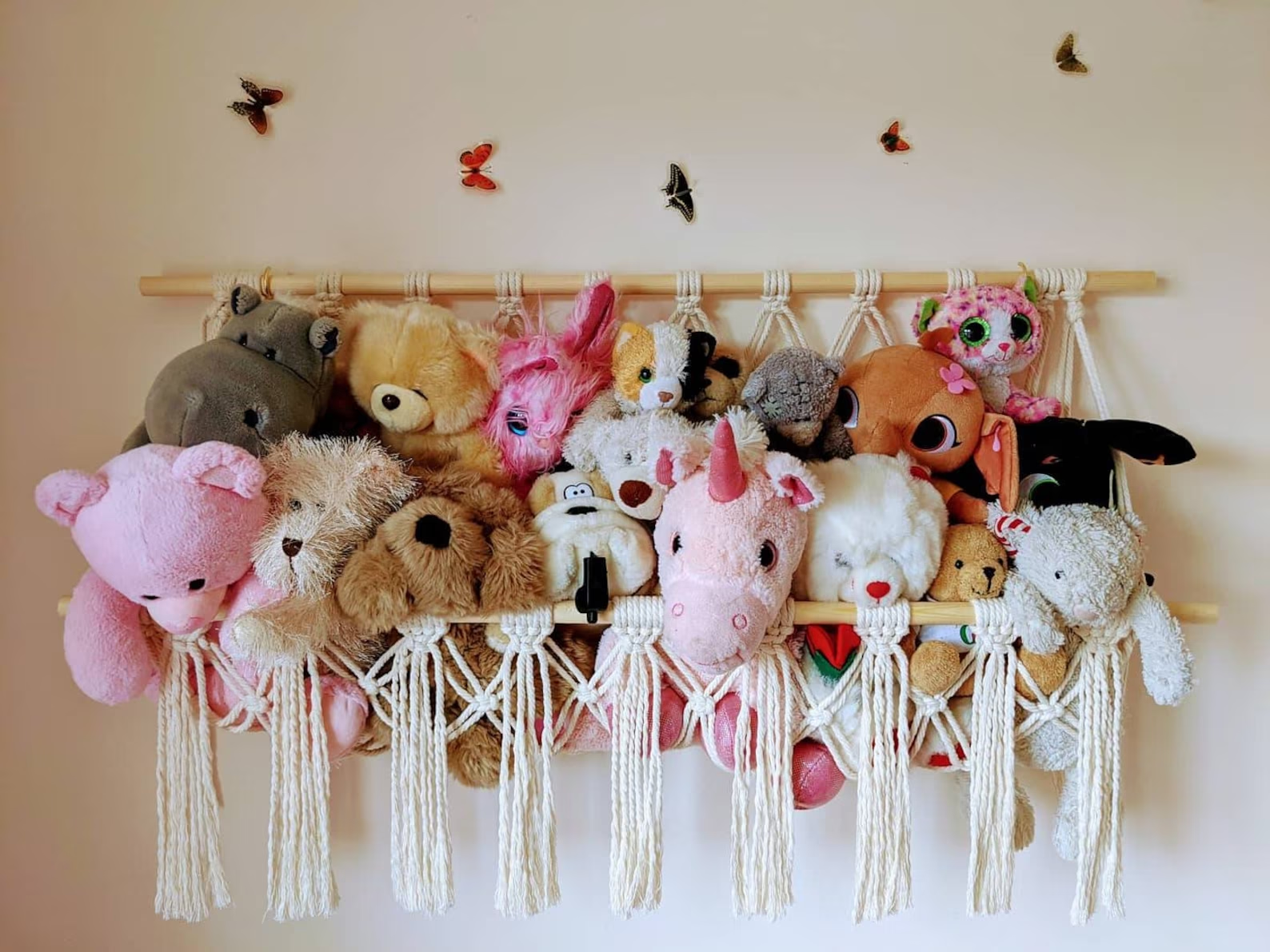
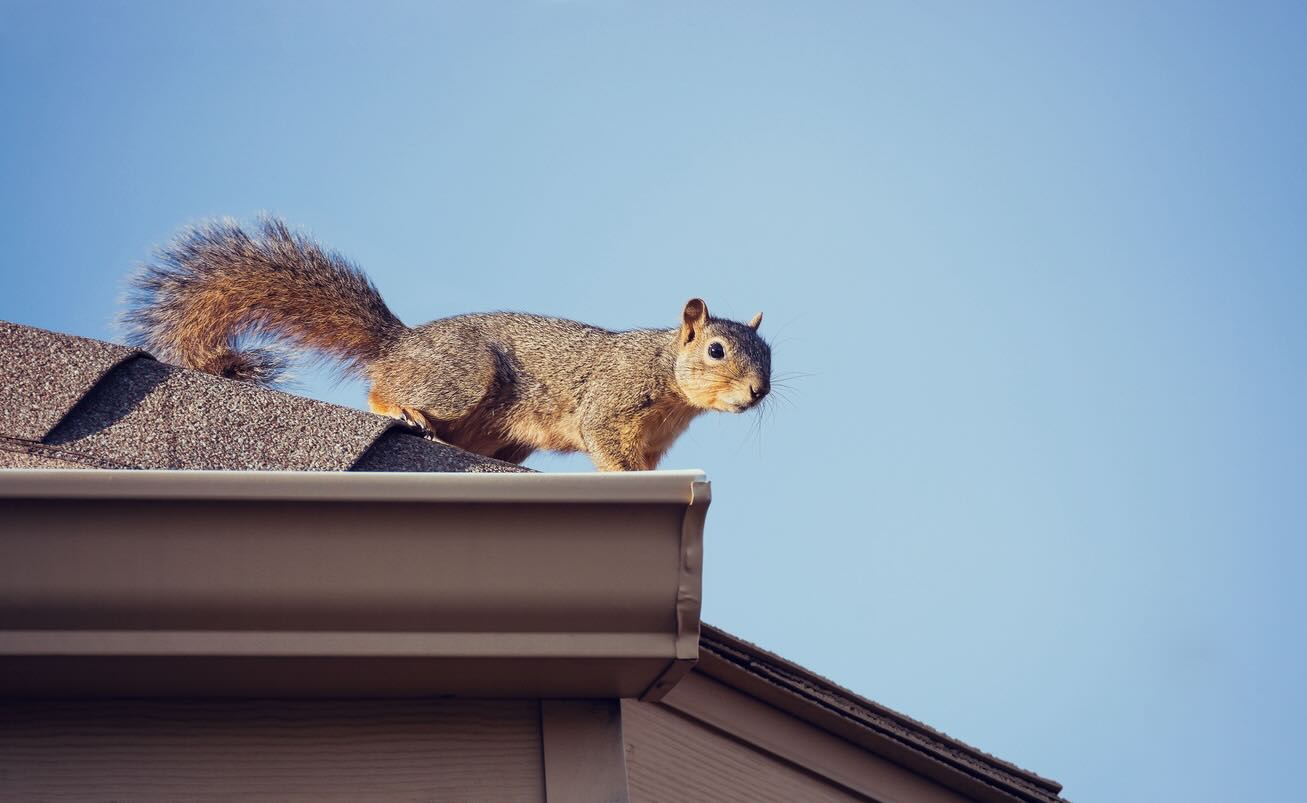

0 thoughts on “How To Store Stuffed Animals”